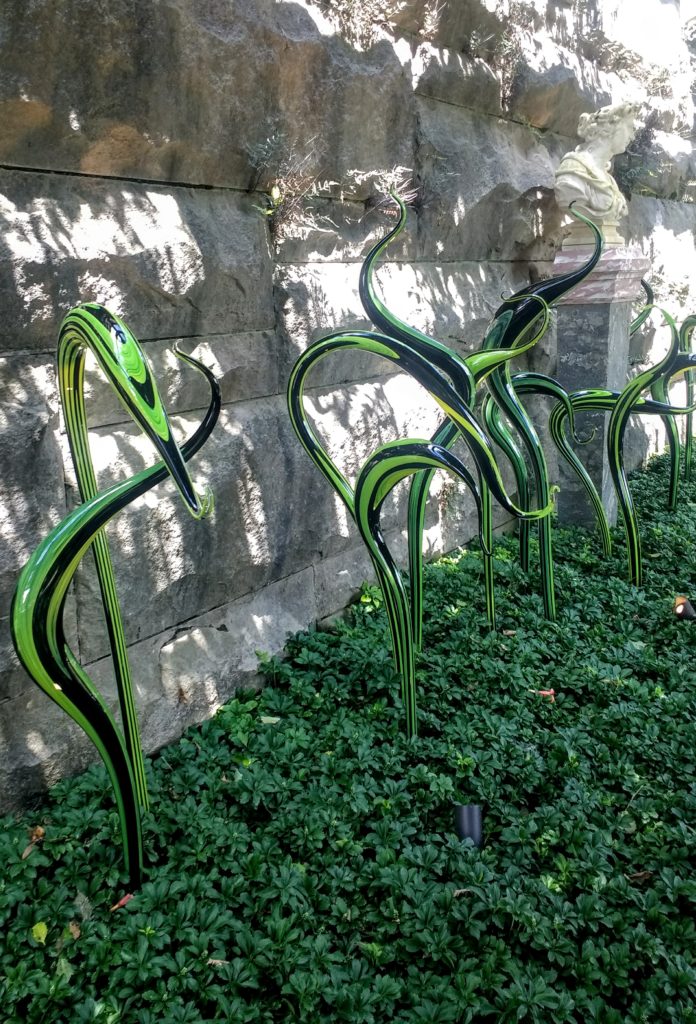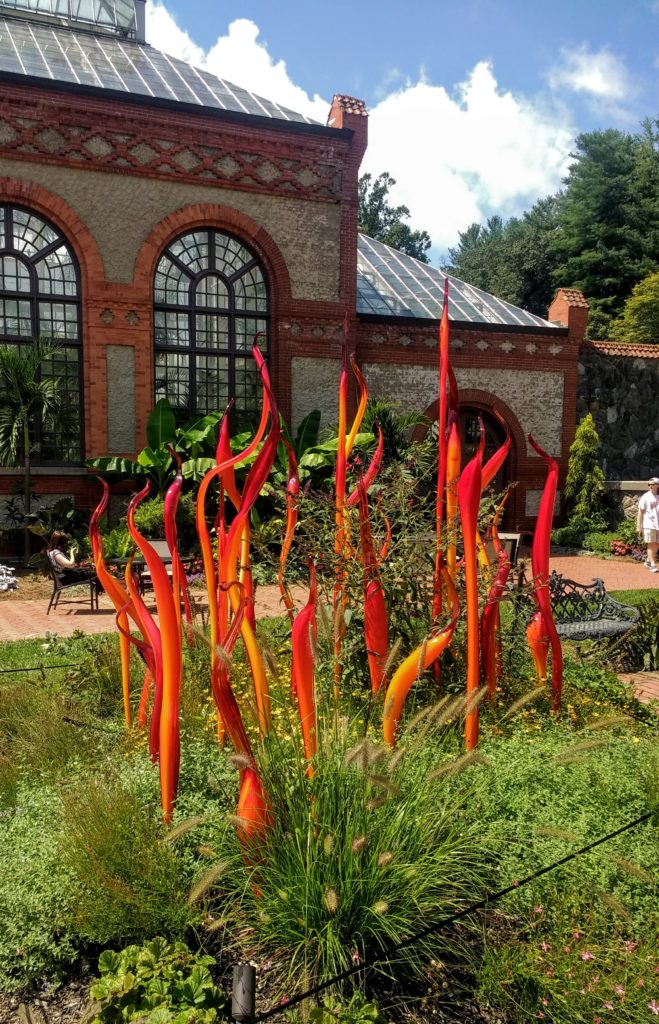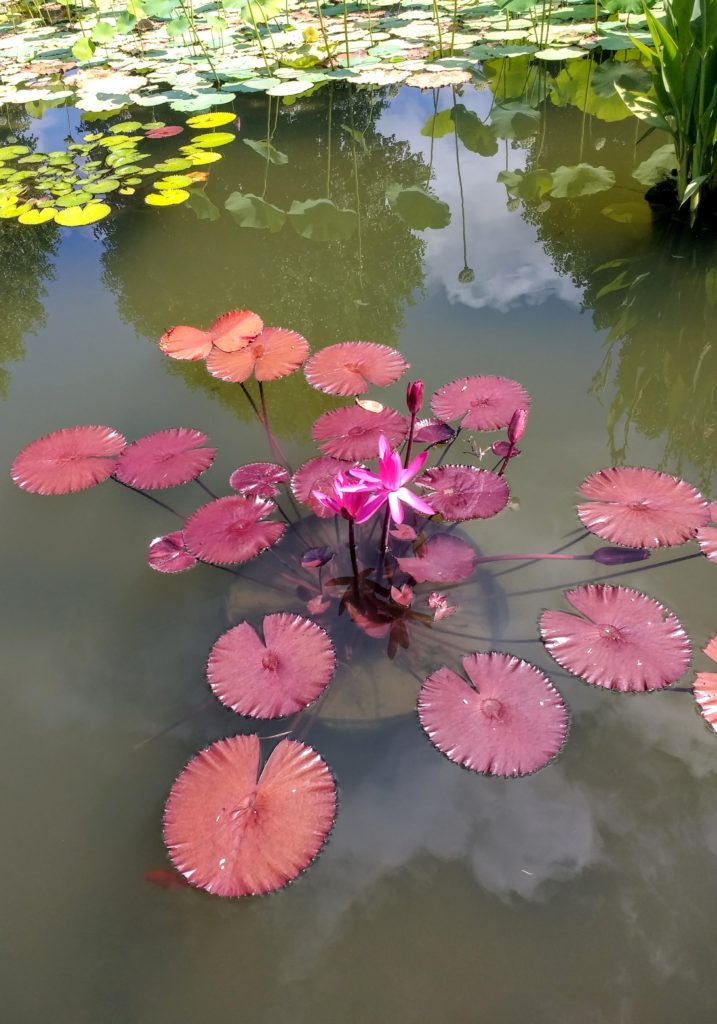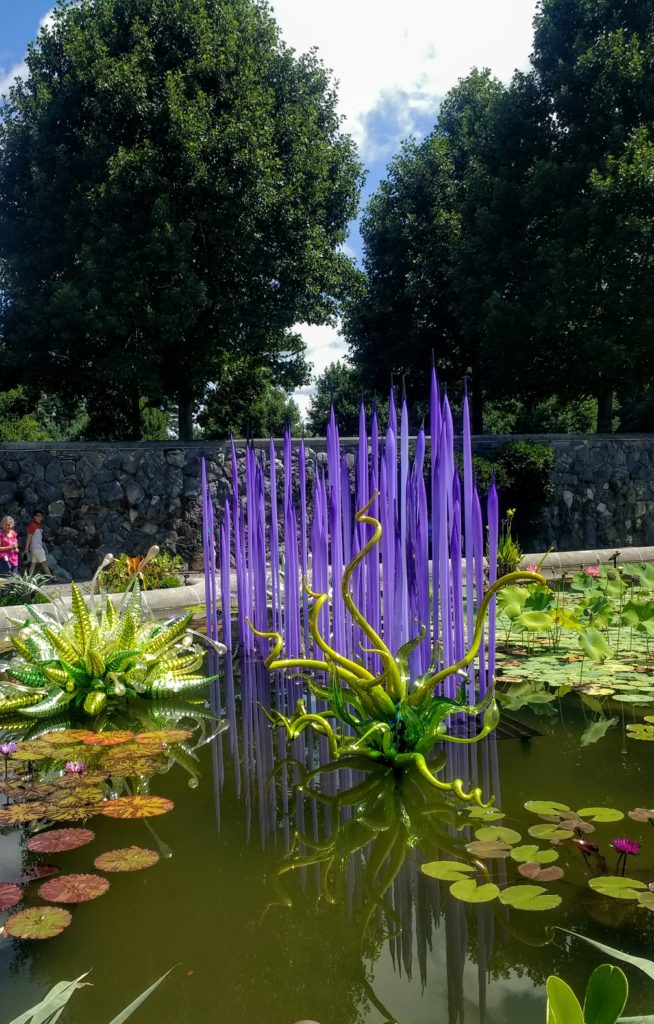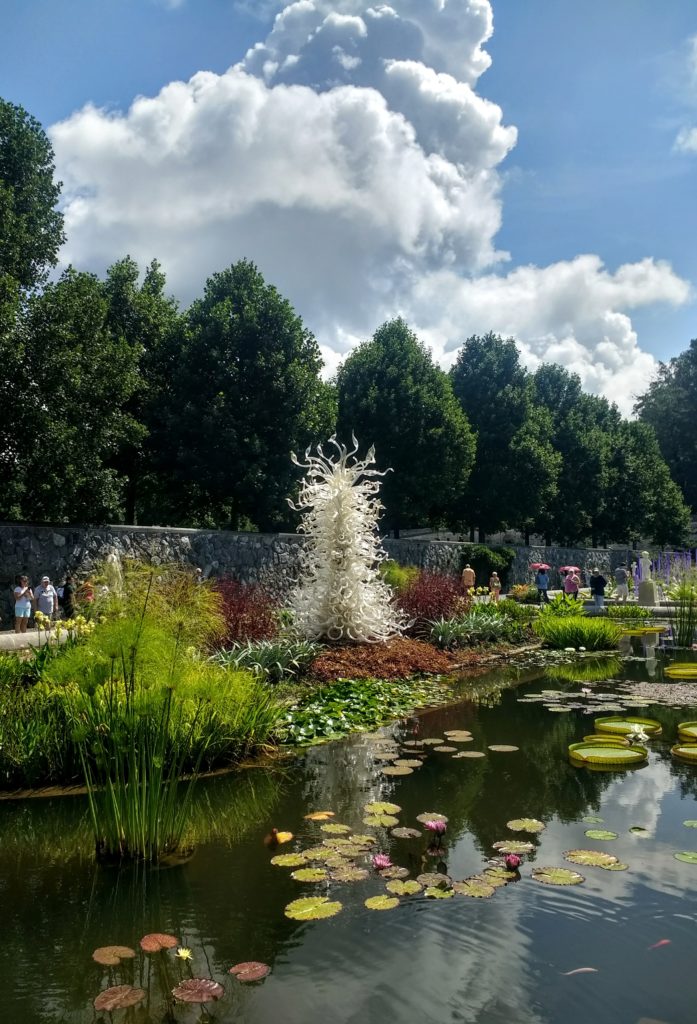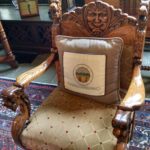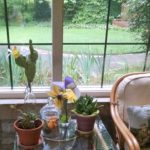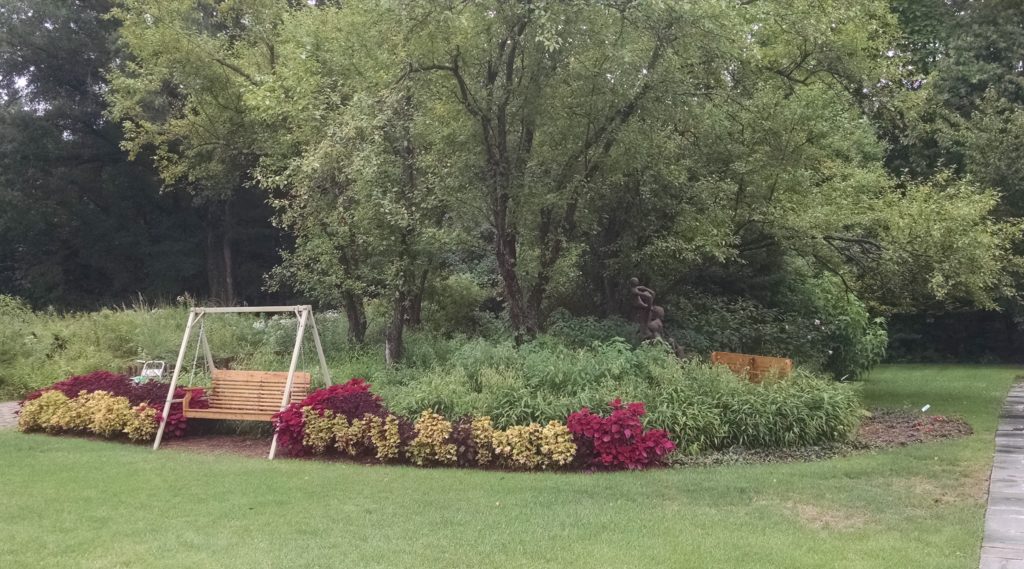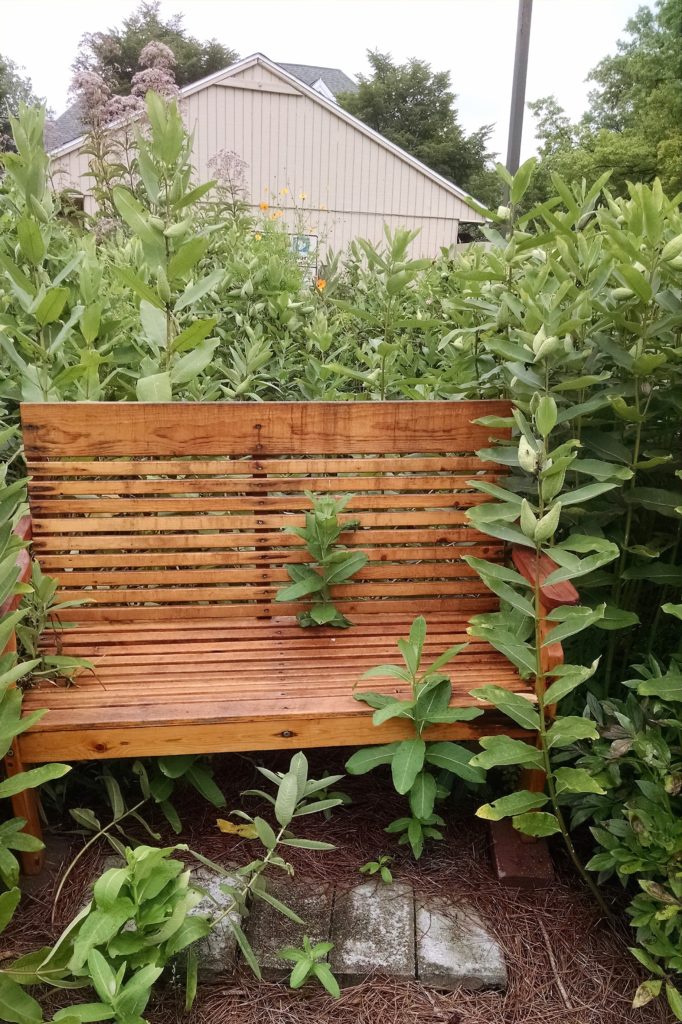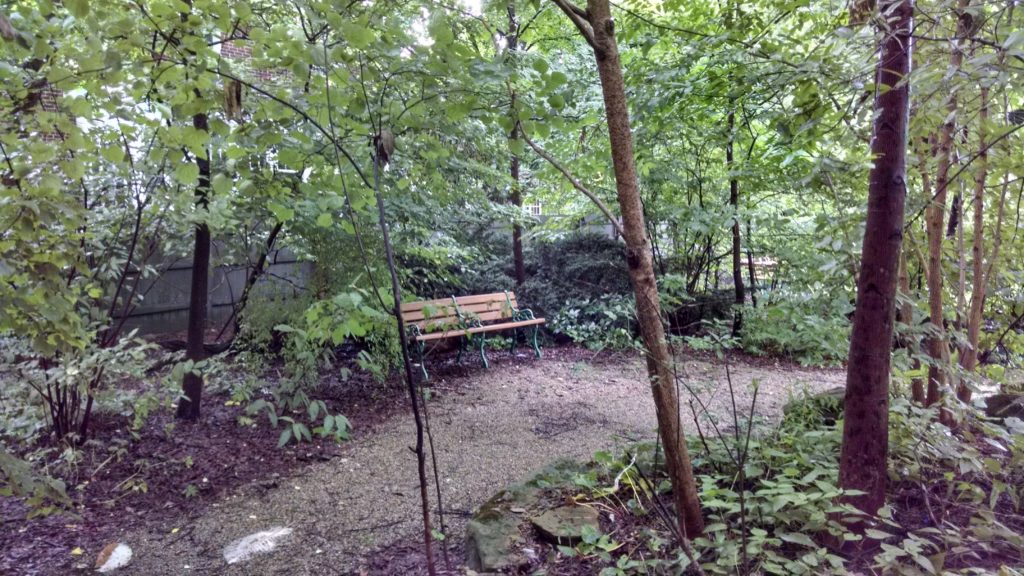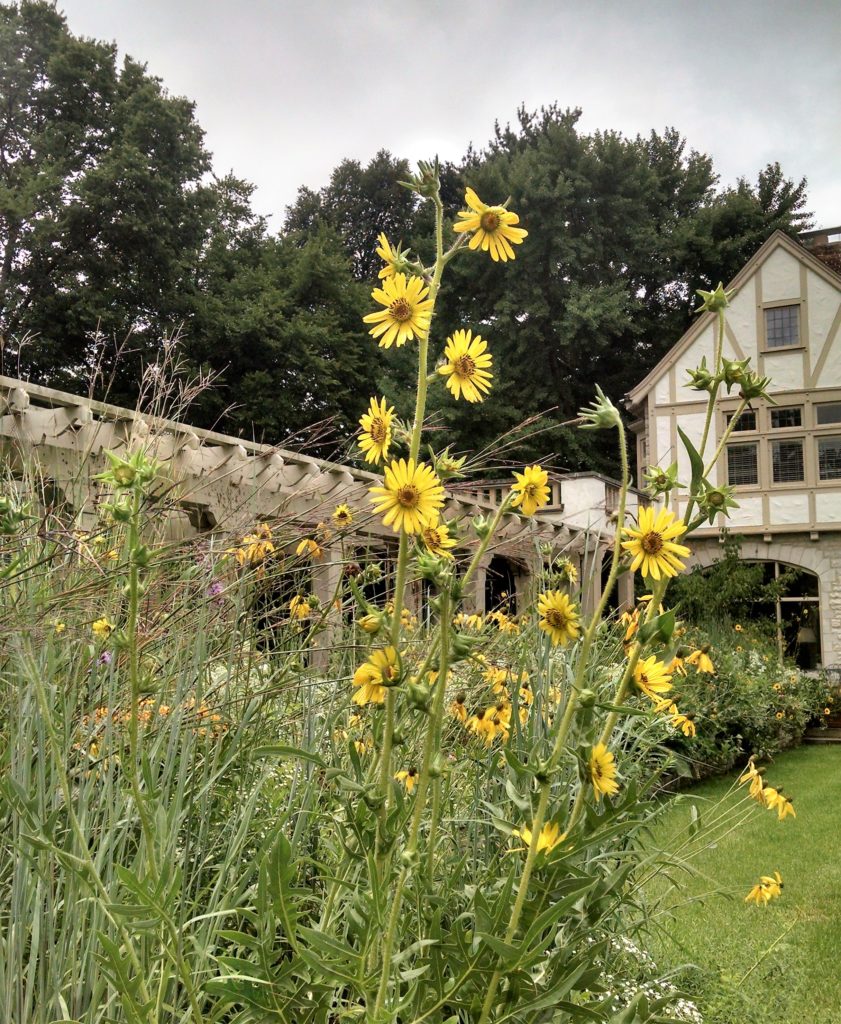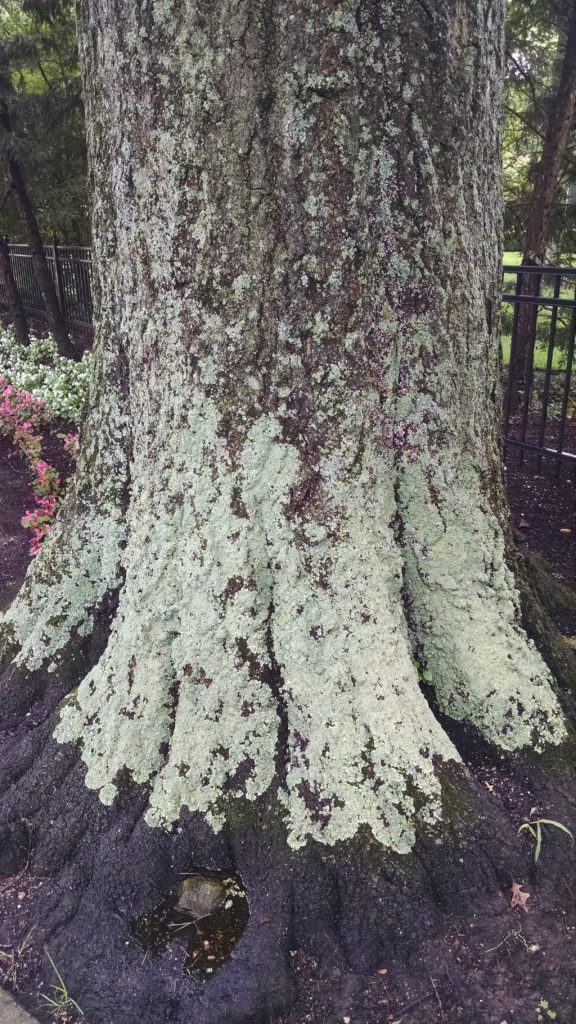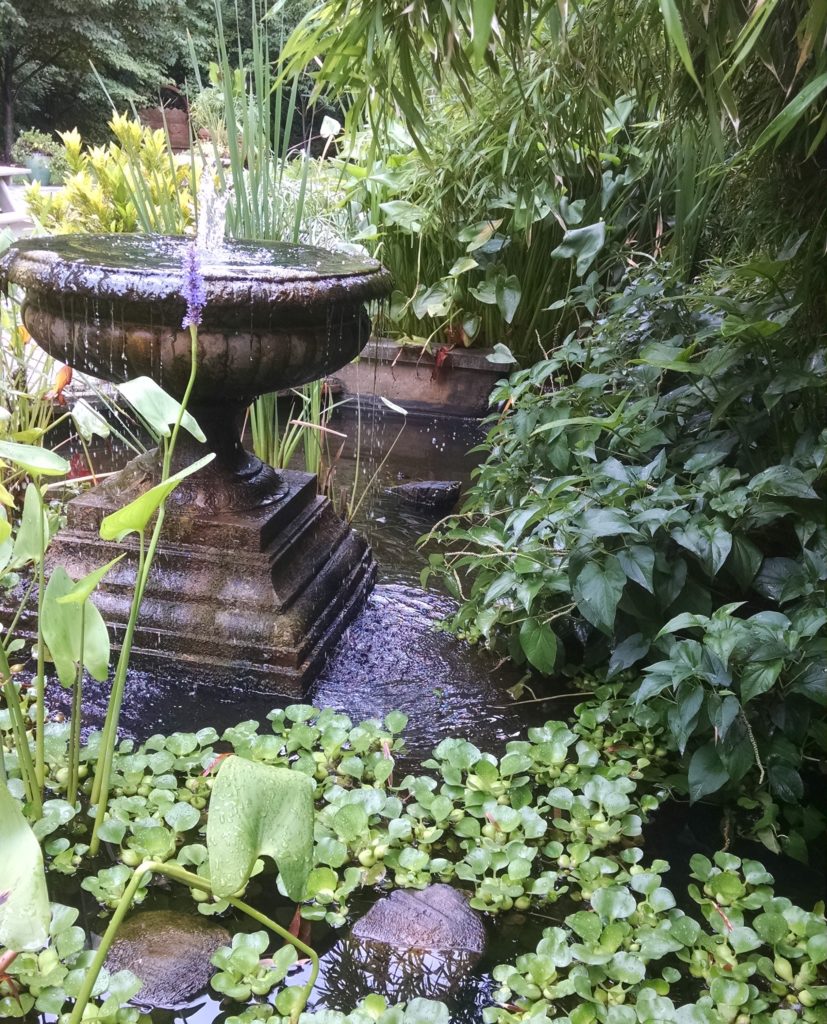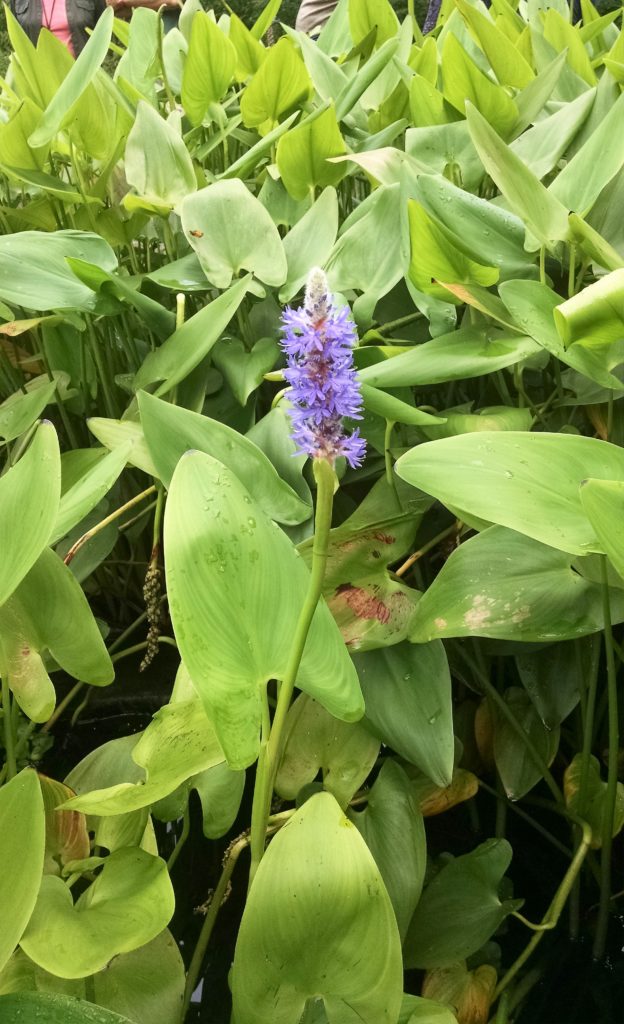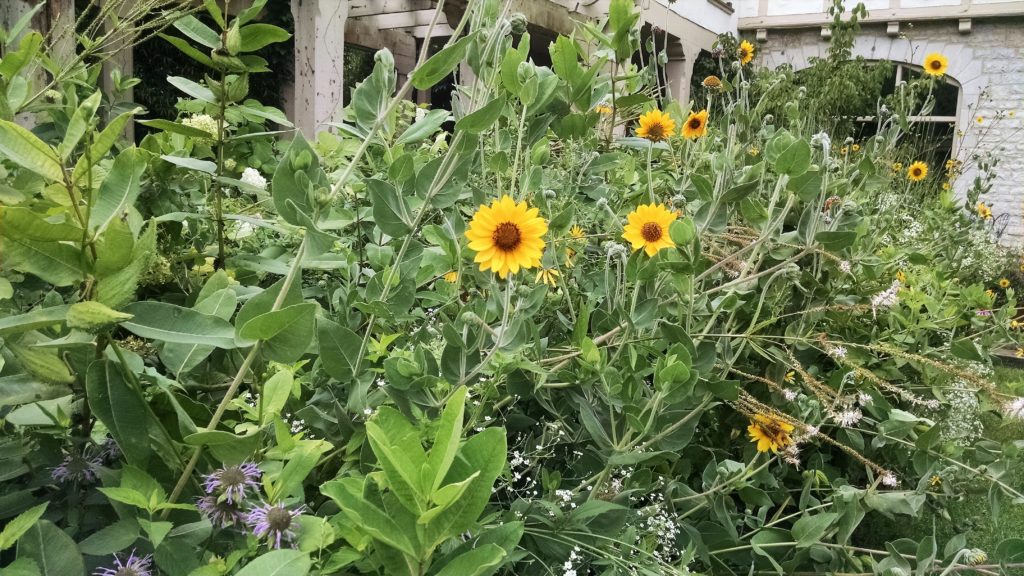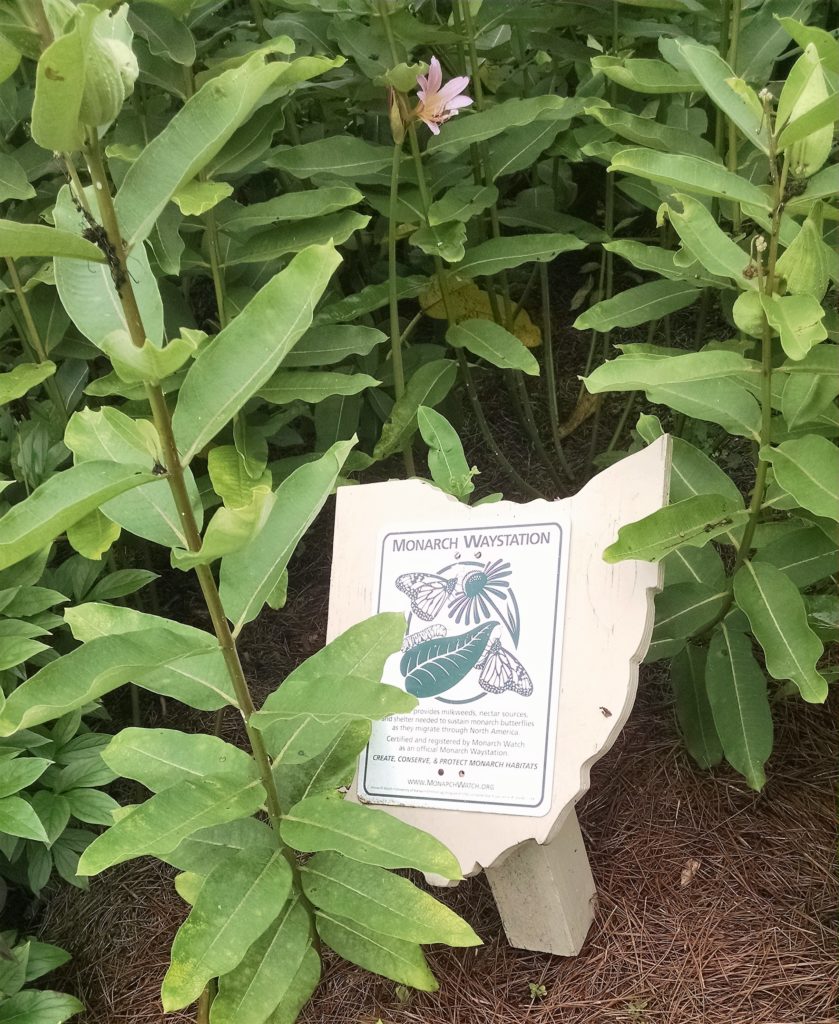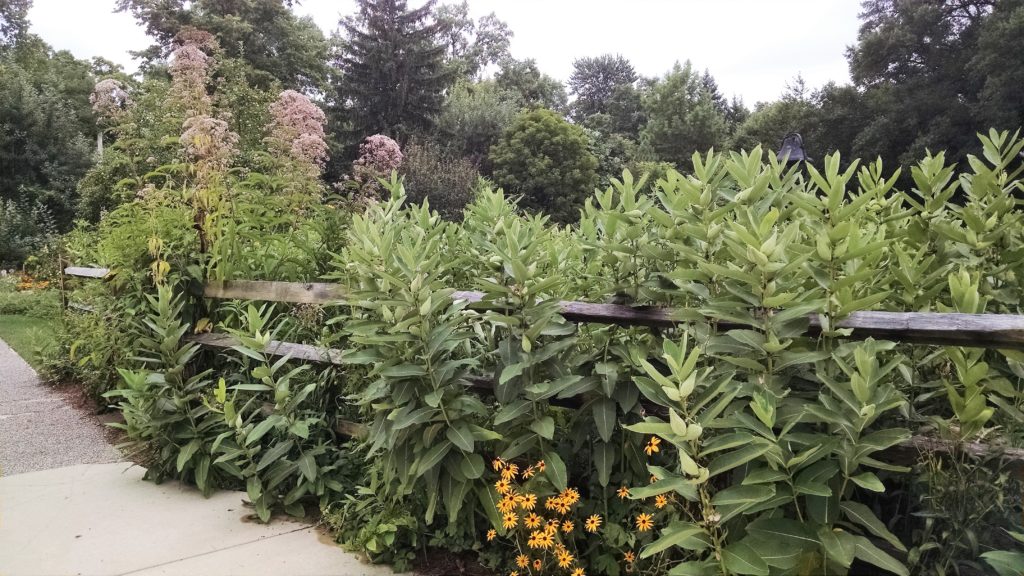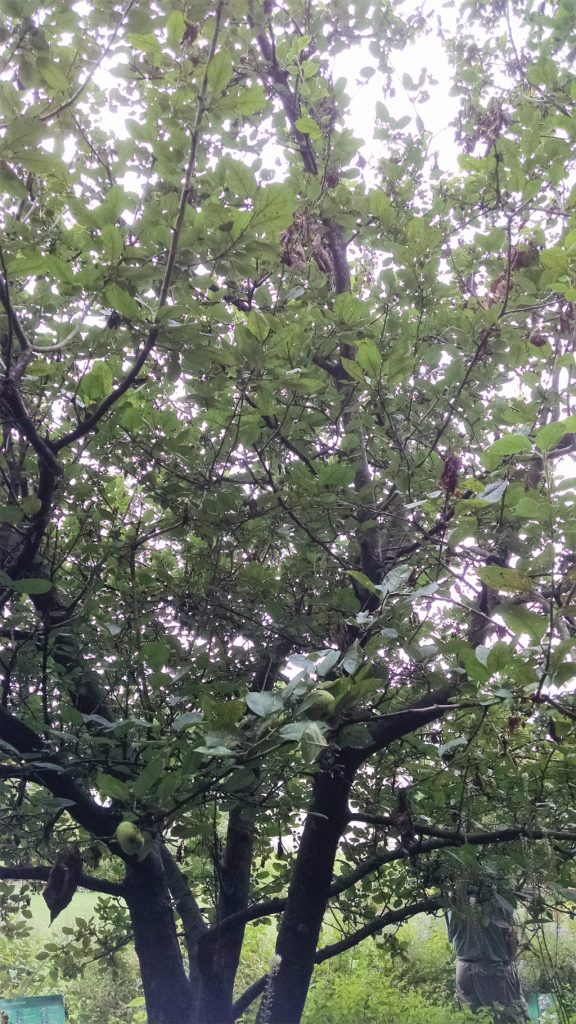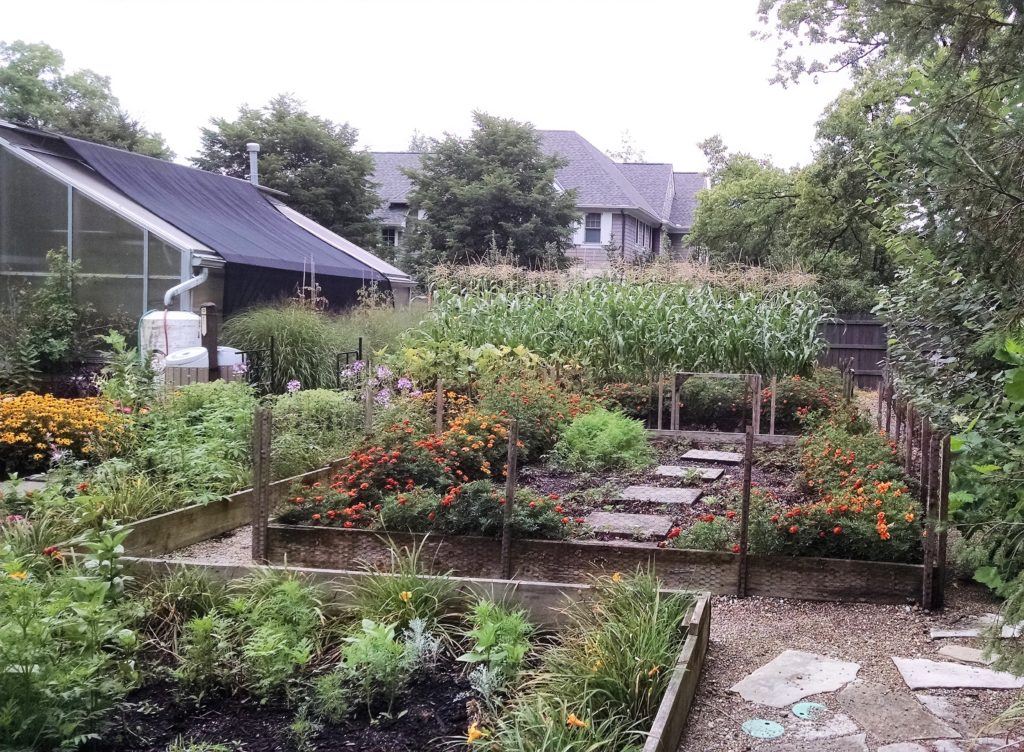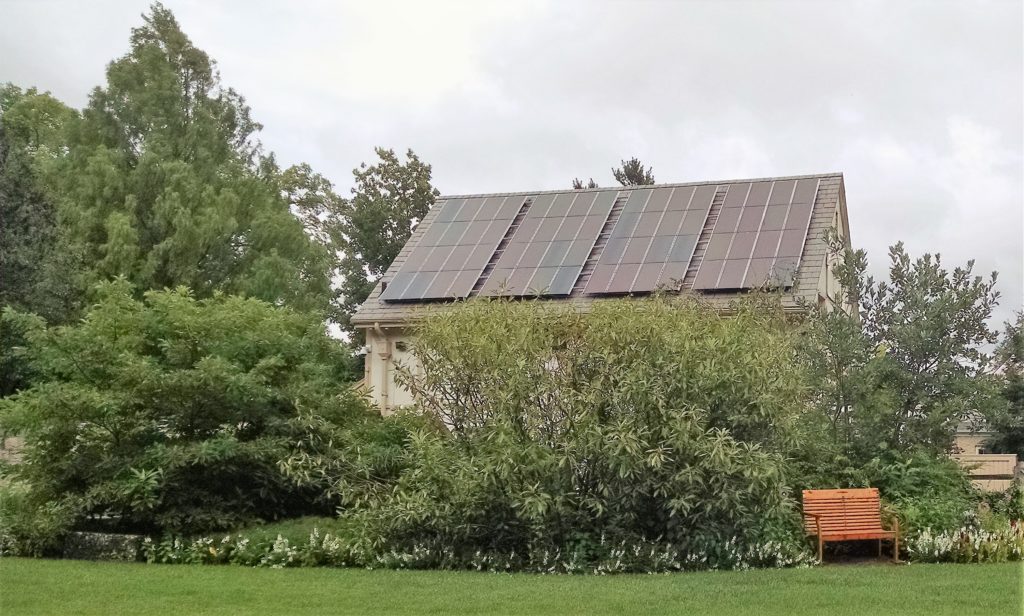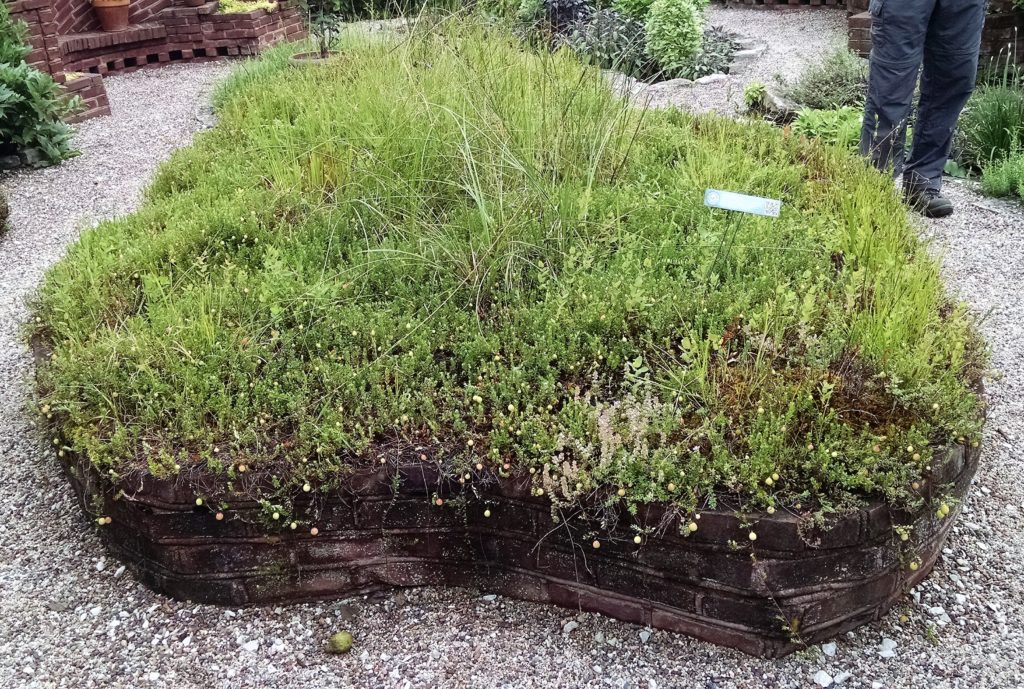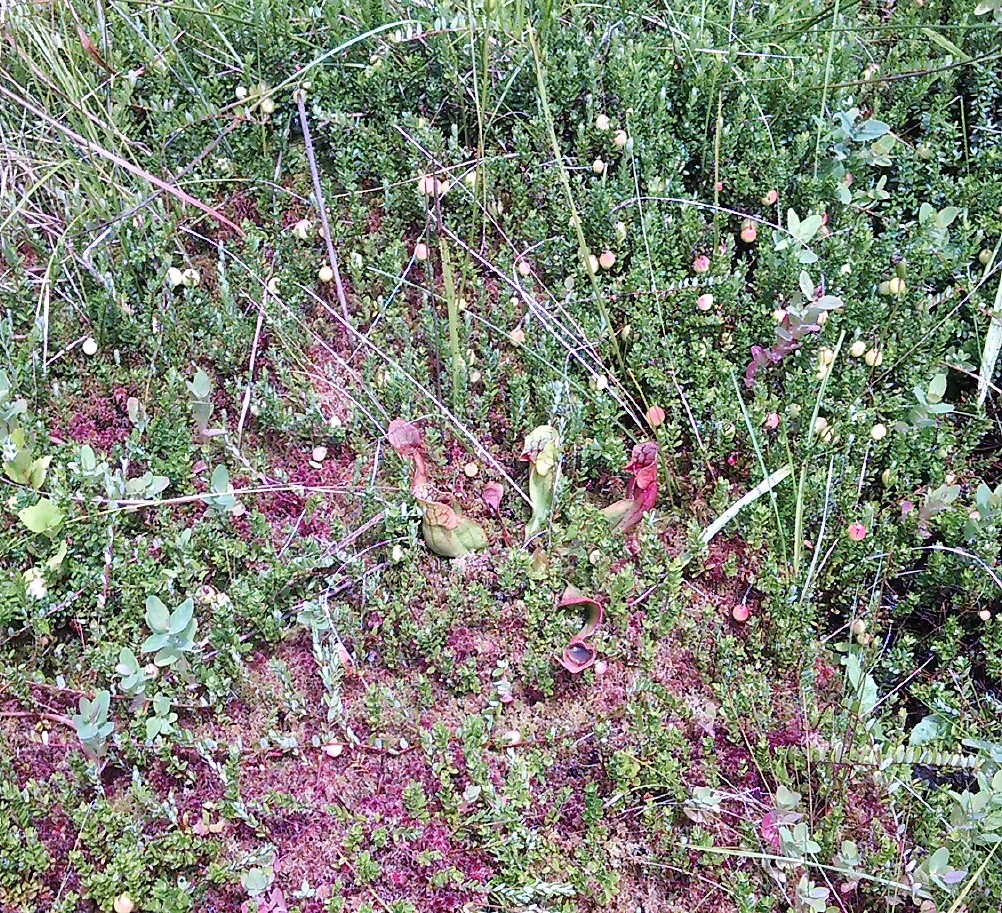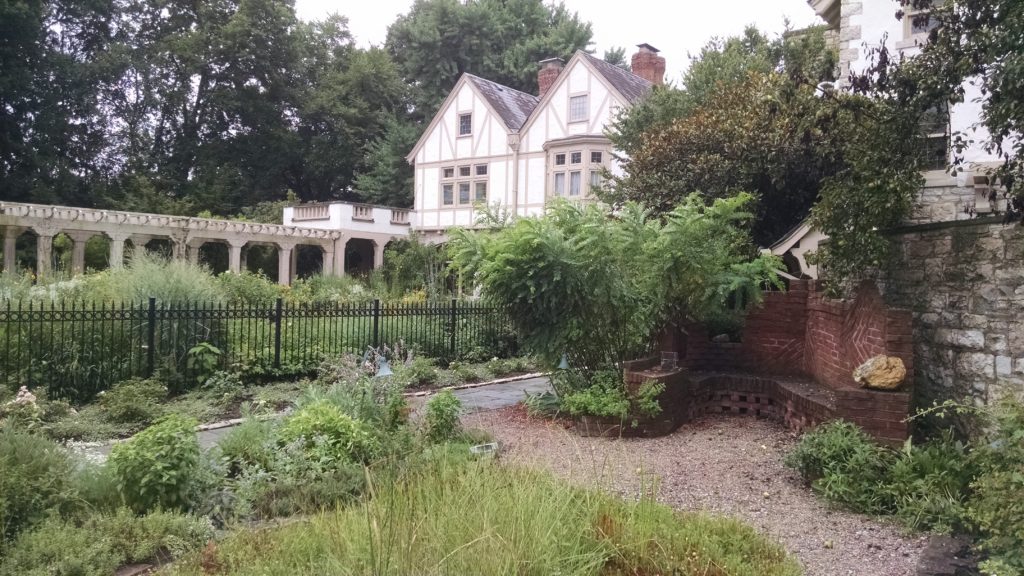by Elsa Johnson
I’ve been in the Appalachian mountains before – well, to be honest, mostly I’ve driven through. Nonetheless, It’s a place that always moves me — the way the ridges lie parallel to each other into infinity. Route 80 in Pennsylvania is one such route where you ride the old rounded mountains lengthwise the whole way, from one end of the state to the other. Those rounded mountains alternate with broad gentle valleys of farms and fields; one can imagine surviving in that pastoral land — possibly more than just surviving. Then there are the mountains one drives through in West Virginia, where, as I pass through, I always wonder – what do people DO in this land? How do they live? It’s so challenging. On route 77 you pass through a tunnel to enter into Virginia, where the land changes in subtle ways. It is a bit gentler. I expected Roan Mountain to be like that. But it’s not.
Roan Mountain is part of the Great Smoky Mountains, which are a subrange of the Blue Ridge Mountains separating North Carolina and Tennessee just north of the Blue Ridge Parkway. Although I’ve been in the Blue Ridge before, and thought I knew what to expect, view wise, Roan Mountain has taken me by surprise, the very blueness, the mists, the way the clouds hang in the mountains, pulling away and then rejoining, as though they cannot bear to be separated — the way the mountains seem to breathe the very clouds into being. And, of course, in fact, they actually do. I am enchanted. Bemused. Though I still am wondering, what do people DO here?
Our first hike on Roan Mountain was a short one. My sister-in-law lives on Roan Mountain, in a house with a wrap-around porch, like so many here, and the sound of a rushing stream in the near-by woods (it’s been a record wet summer). All we had to do was keep going up on the winding, twisty road that goes past her house — on up into the Cherokee National Forest, where we parked, and hiked a short flat distance to a knob that looked north over a valley in Tennessee.
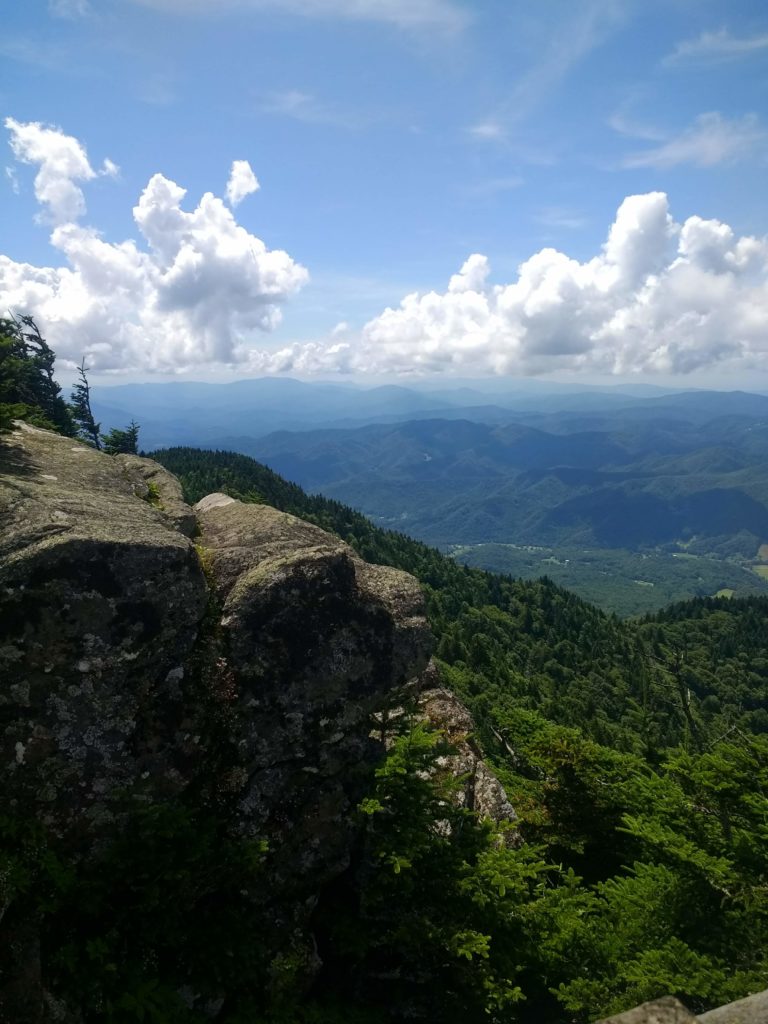
From that perspective the land looks relatively unpopulated. I have learned it isn’t. Tucked away in all that so green vegetative excess are winding roads and along those winding roads are houses sheltering under all that greenery (What do people DO here?). If one could see the houses it would seem almost suburban other than there’s a vast forest right out the back door, and probably a fast running stream, and bears come by regularly to check and raid any hanging birdfeeder. But up on top of the mountain (elevation 6,285 feet – we weren’t quite that high at the knob) you can’t see any of that. You just see trees … and mountains …. and more tree …. and more mountains …. and trees ….
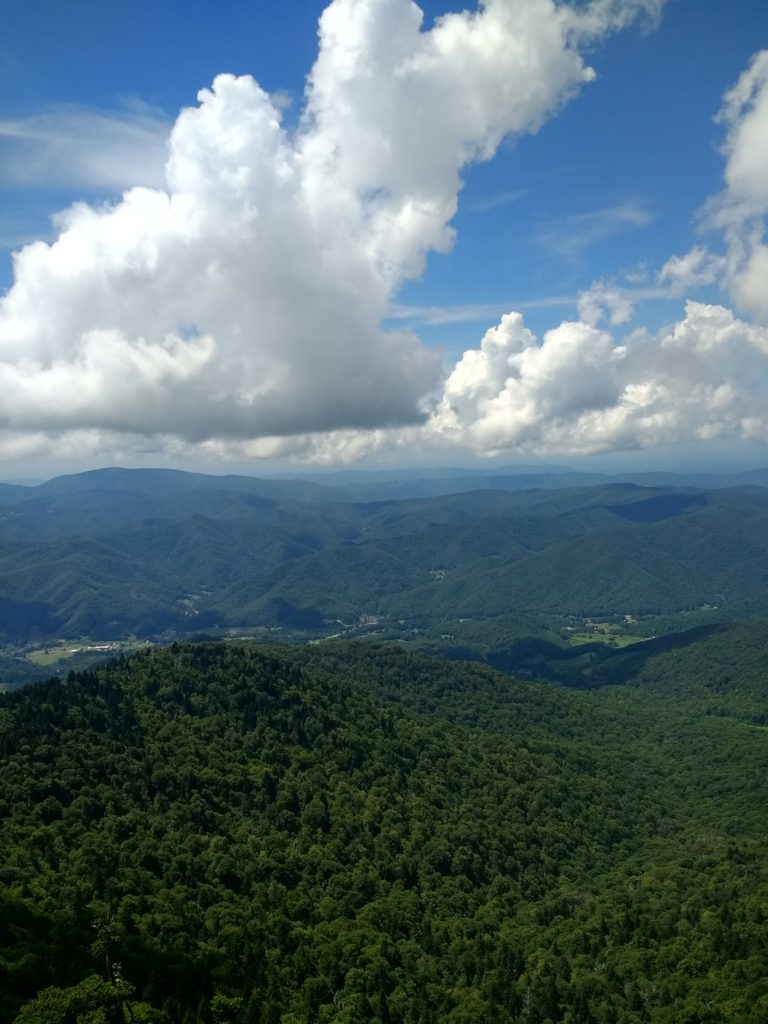
We also visited the rhododendron ‘gardens’ on this first trip, growing thickly together, with White Snakeroot (Ageratina altissima) growing underneath. Altitude is the determinant for what one finds growing on the mountains. The rhododendrons grow at a high elevation in the company of Frasier firs and male ferns.
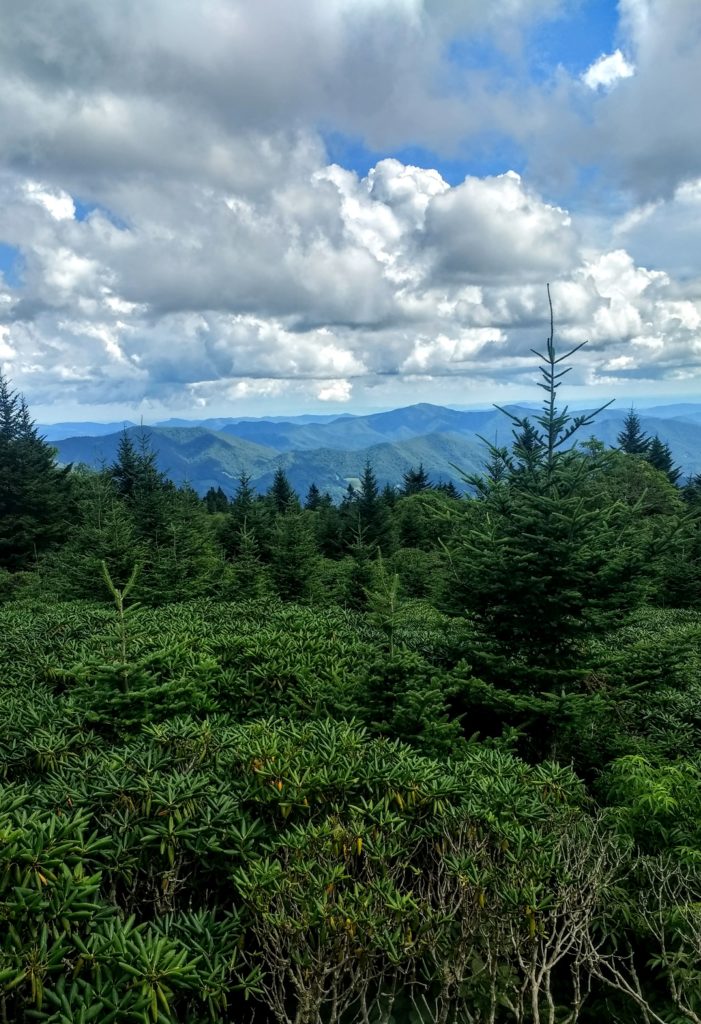
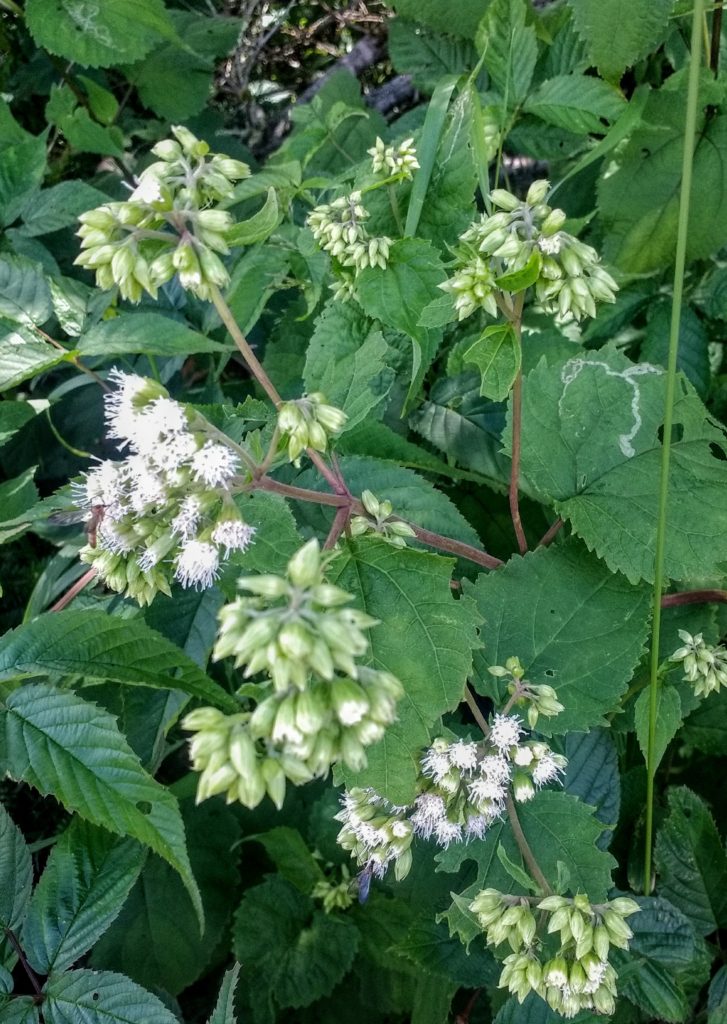
Also growing at this elevation were Witch Hobble (Viburnum lantanoides) and fothergilla. I was fascinated by what I have learned is Mountain Angelica (Angelica triquinata), which is geographically limited, growing only in (I discovered) in a limited distribution from northeast Georgia through Pennsylvania. It grows voluptuously here on the highlands and balds of Tennessee. The ones we saw at the knob were covered with flies, but were also visited by ever moving butterflies.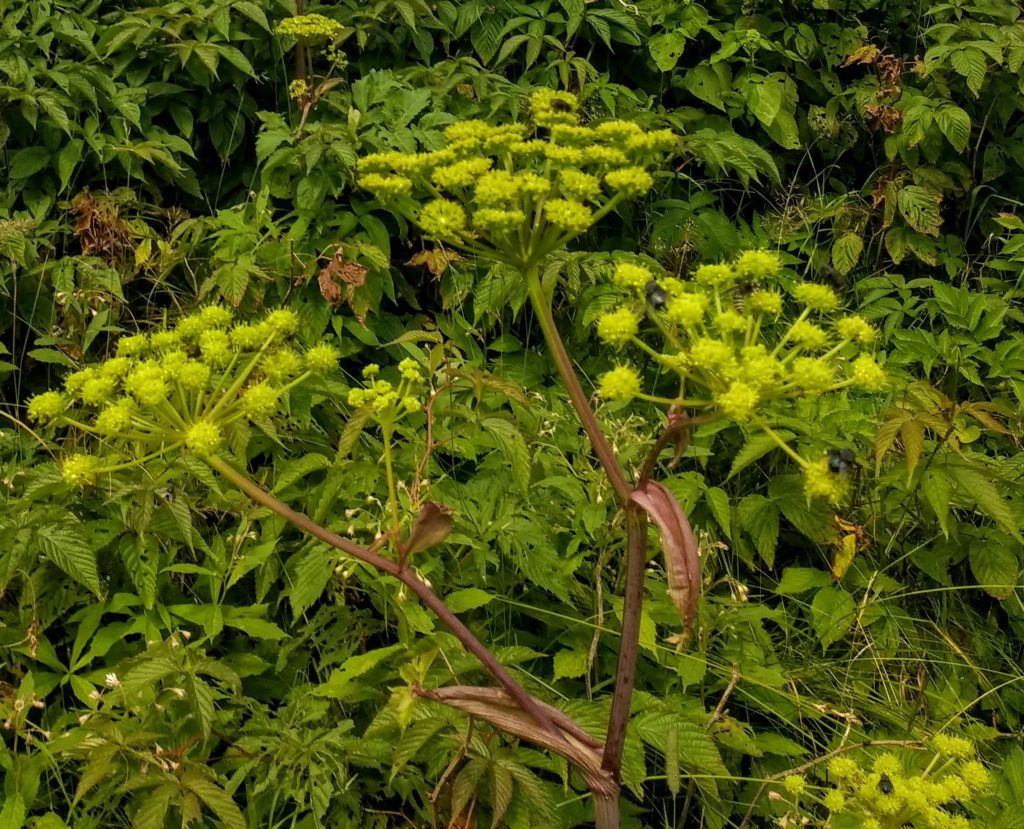
On another day we almost hiked up to Grassy Bald, the high point, where you can look out in every direction. We made it past Jane Bald but pooped out on the lowest slopes of Grassy Bald. The distances here, as seen by the human eye, are deceptive. That slope that looks like an easy short climb? Let’s just say you were warned. Grassy Bald is the Roan Mt. highpoint – where the native flora is the most pristine. To get to Grassy Bald you first hike up through a meadow and then pass through a dense stand of firs carpeted underneath with ferns, and come out onto the first bald – where you discover it’s just the first one. No part of this hike was level – you were either going up, or going down.
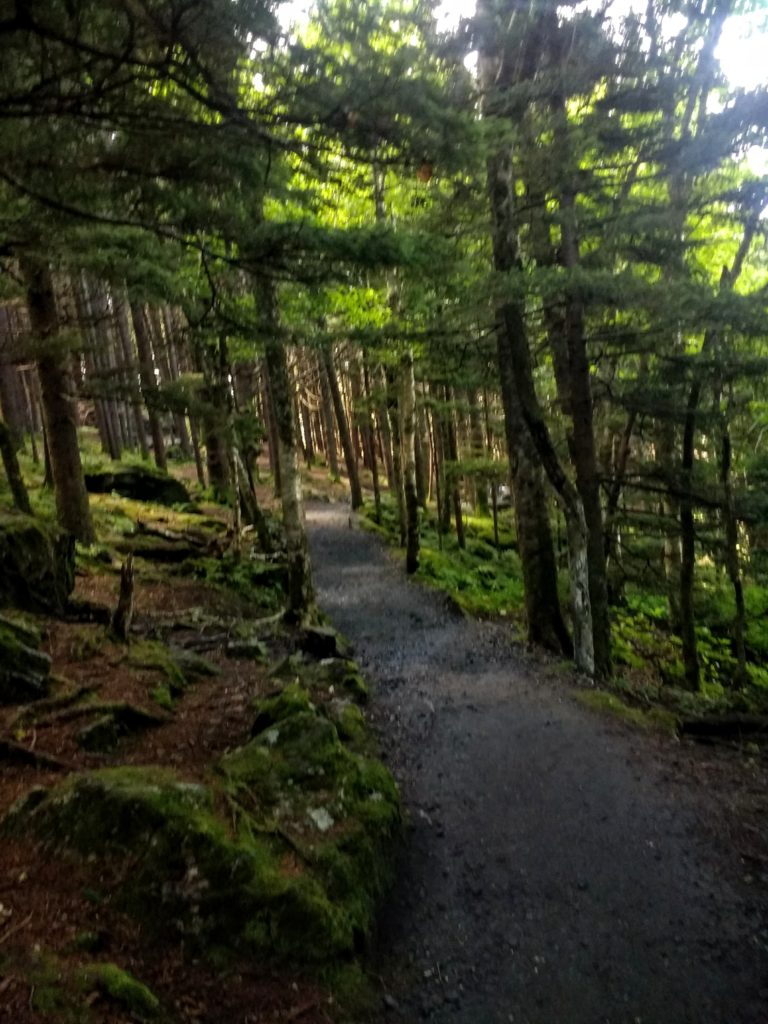
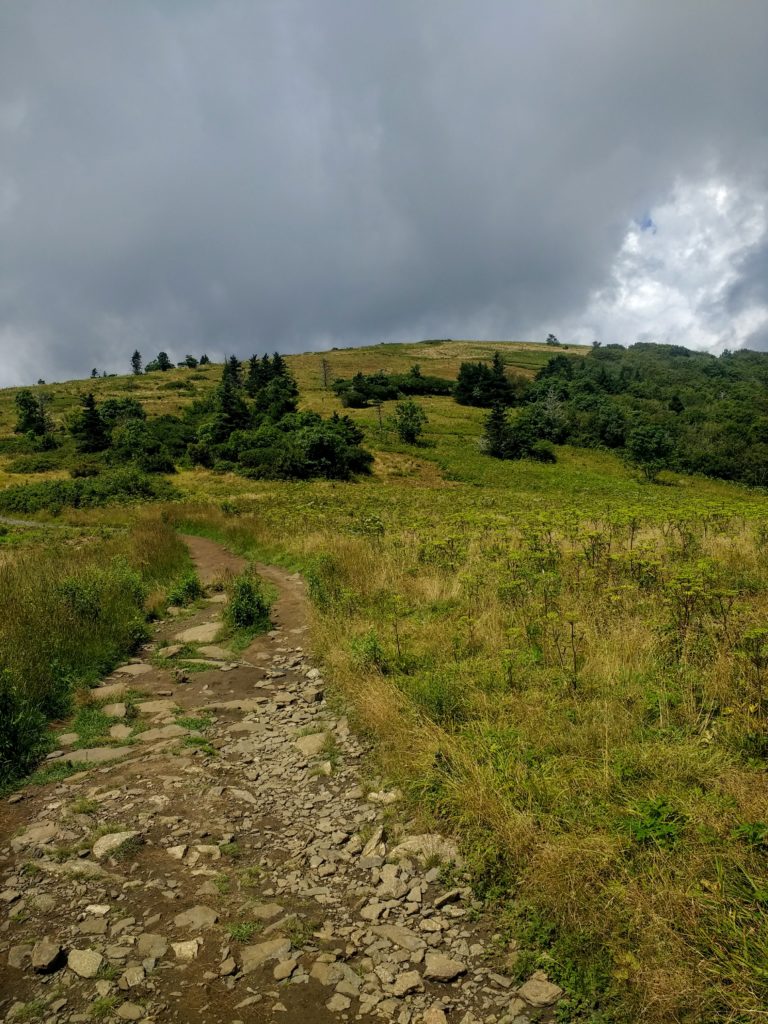
Mountain angelica was plentiful on the balds, but – strangely, there were no flies on them. We also found blueberries (tiny and tart), compact miniaturized ninebark, white achillea, goldenrod (I think) and what I am calling ‘mystery flower’ (looks a bit like a liatris – if anyone knows what it is, feel free to tell me). And bear scat.
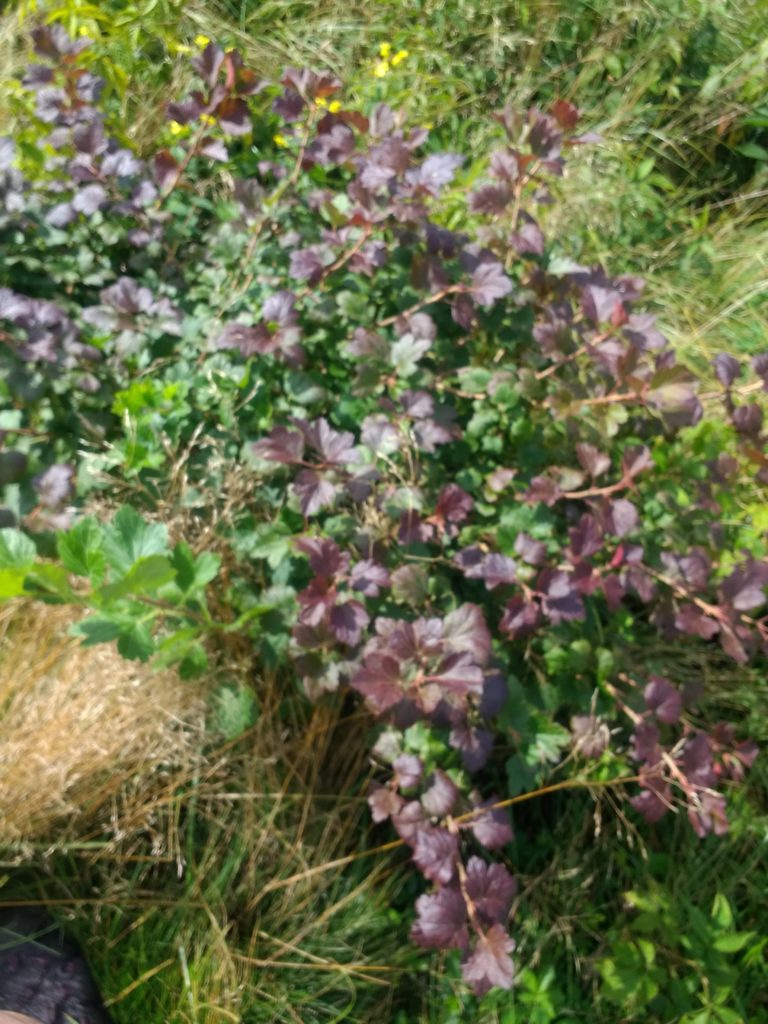
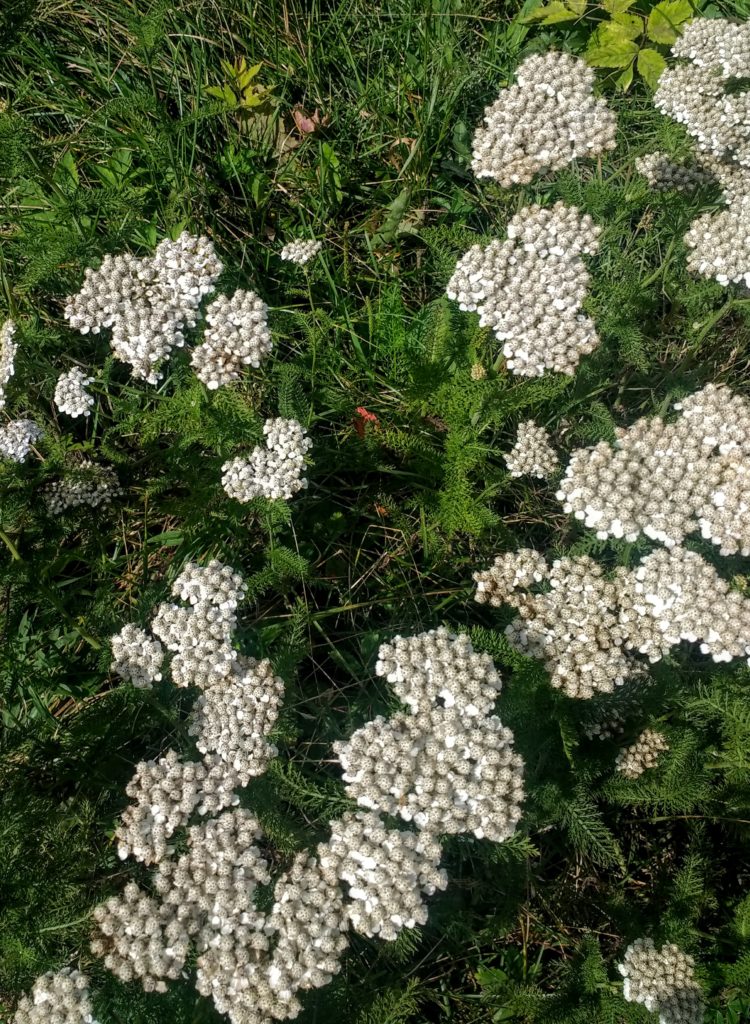


Another hike took us to Elk River Falls, where a congregation of a dozen or more yellow Tiger Swallowtail butterflies refused to cooperate for a group photo, although a Black Swallowtail did, barely.
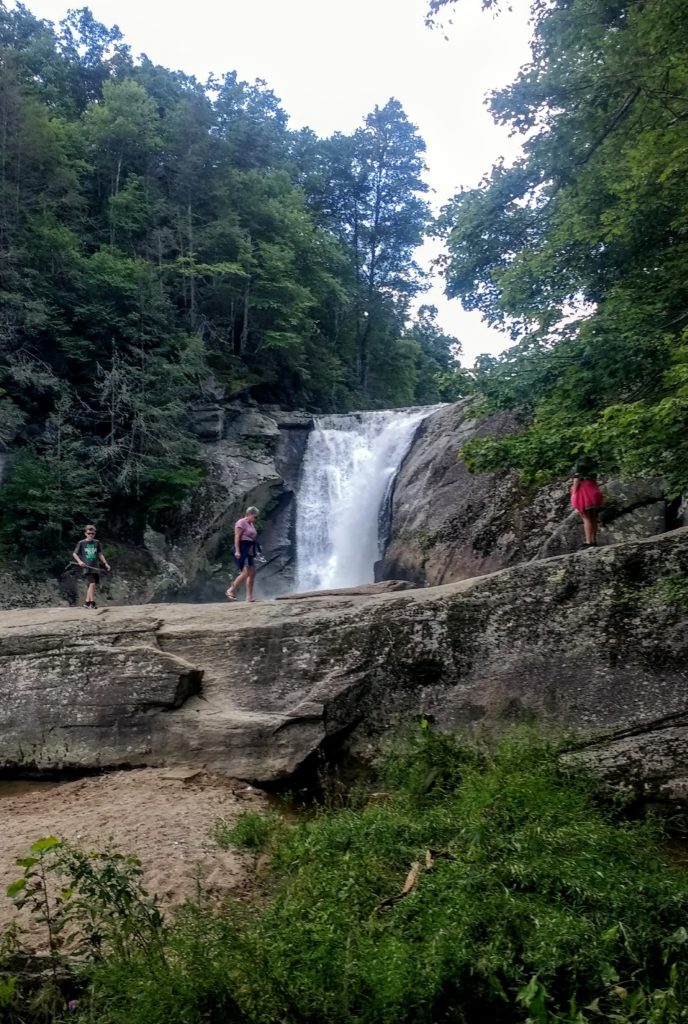
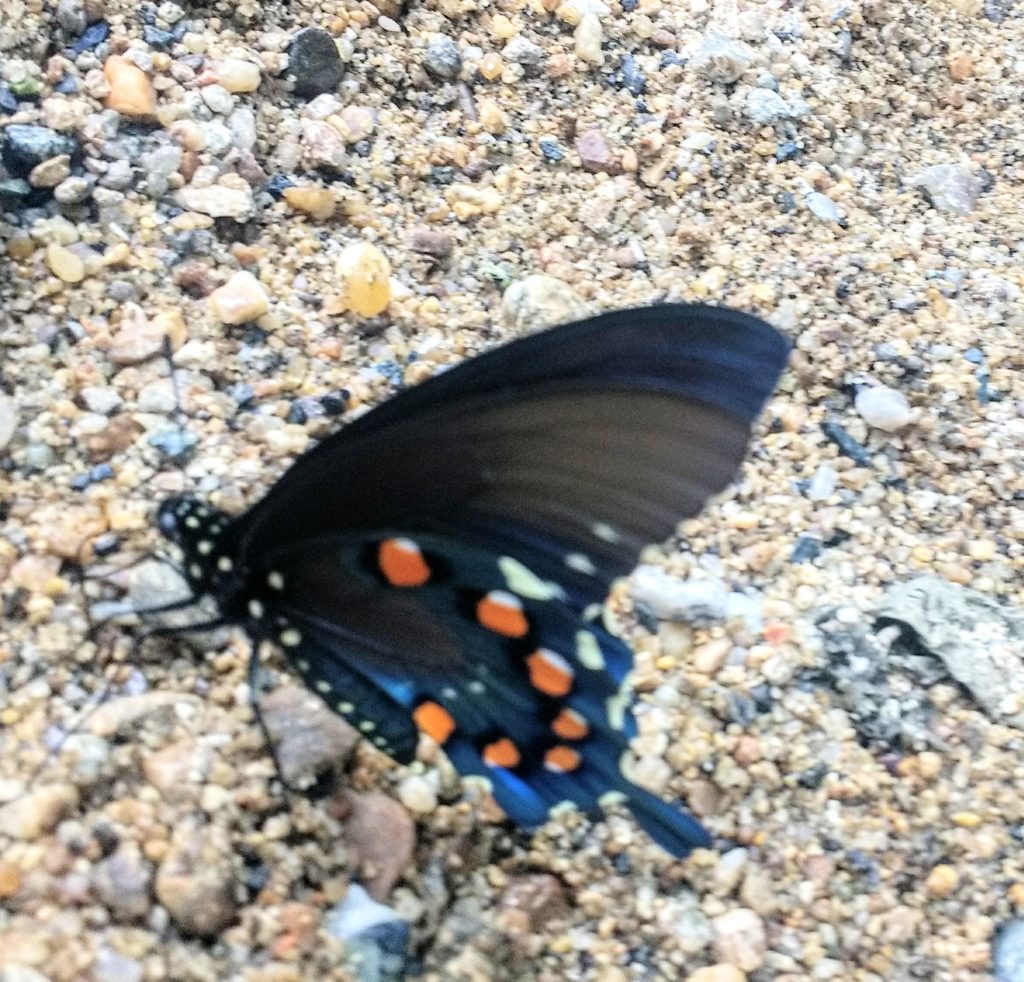
A hike in Roan Mountain State Park, at much, much lower elevations, brought us to hillsides of towering tulip poplars underneath which grew carpets of native wild ginger (asarum canadense) as a groundcover. I have never seen anything like it! Also growing on these hillsdes were Christmas ferns, male ferns (a dryopteris species), Doll’s Eye’s (actea), various carex species (appalachia, plantaginea, platyphylla), native bamboo (Arundinaria appalachiana), and partridge berry (Mitchella rpens), Nearest the stream were the usual late summer meadow volunteers, but also what I believe to be Indian Plaintain (Cacalia atriplicifolia). Also a charming little orange salamander. Not so different from what grows at home in northeast Ohio, but more generous.
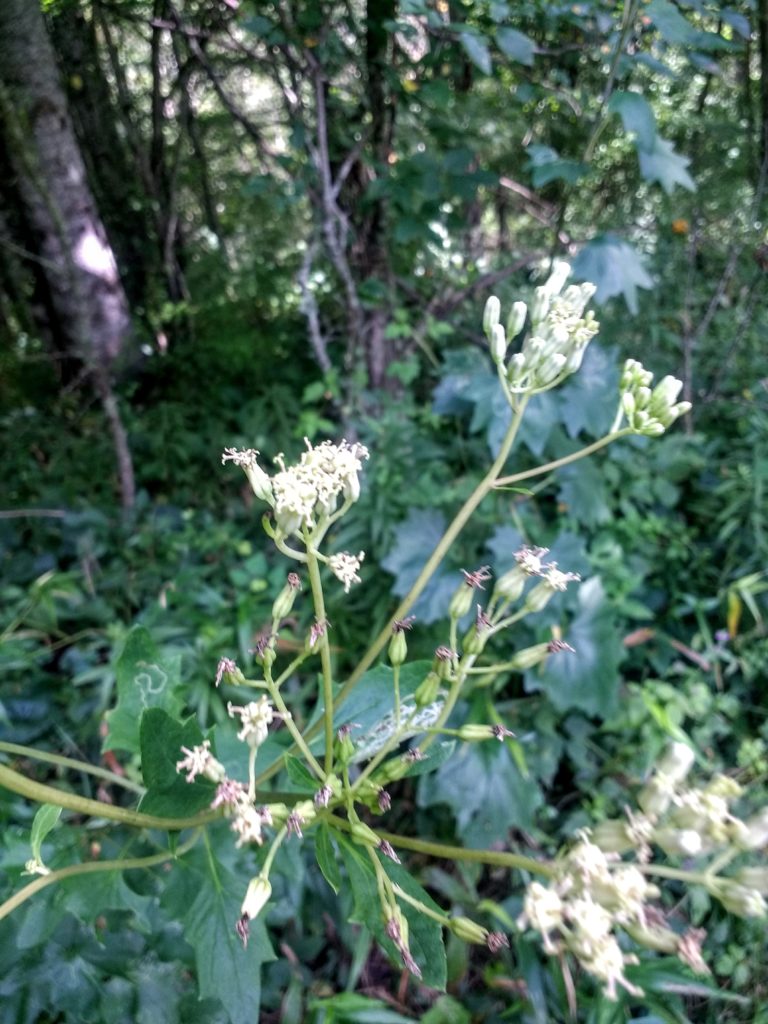
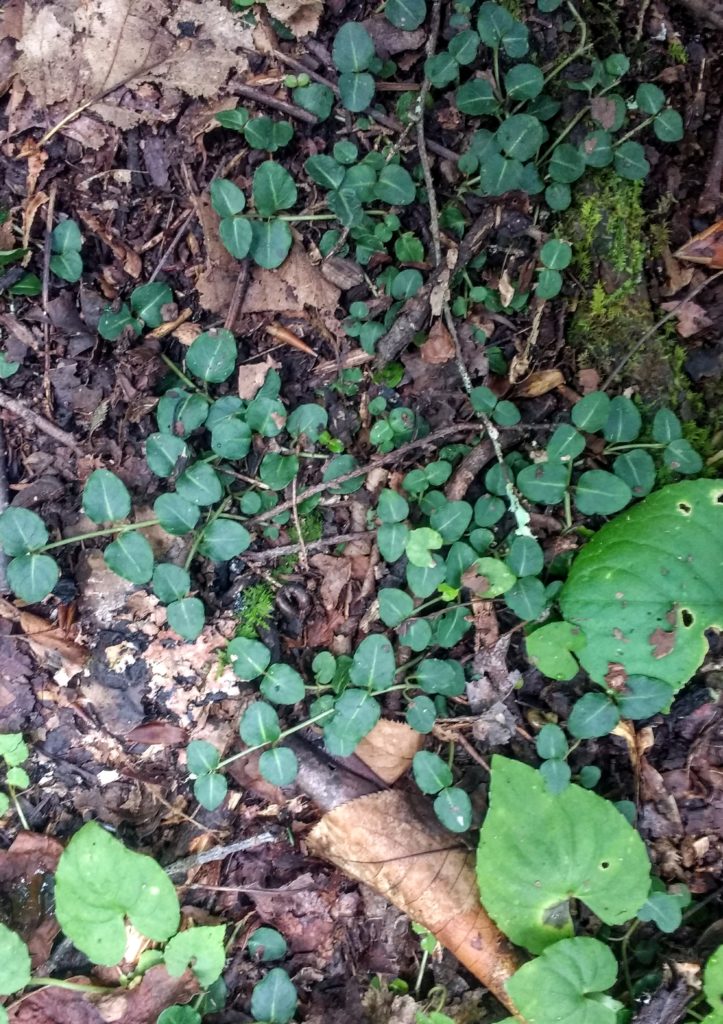
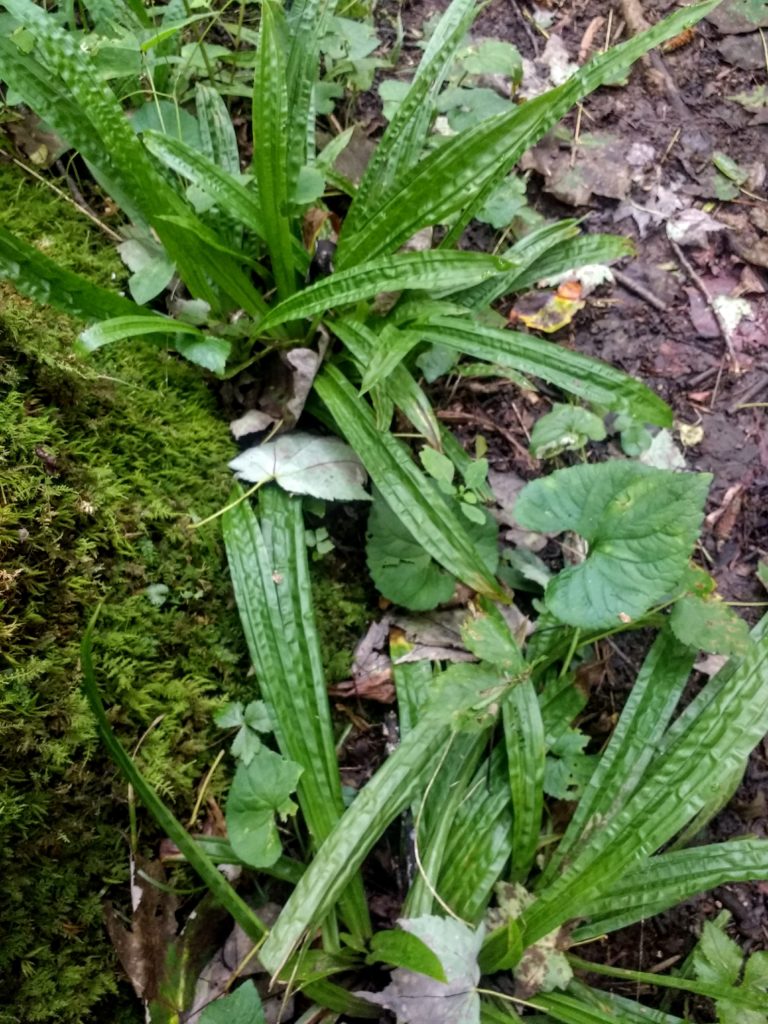
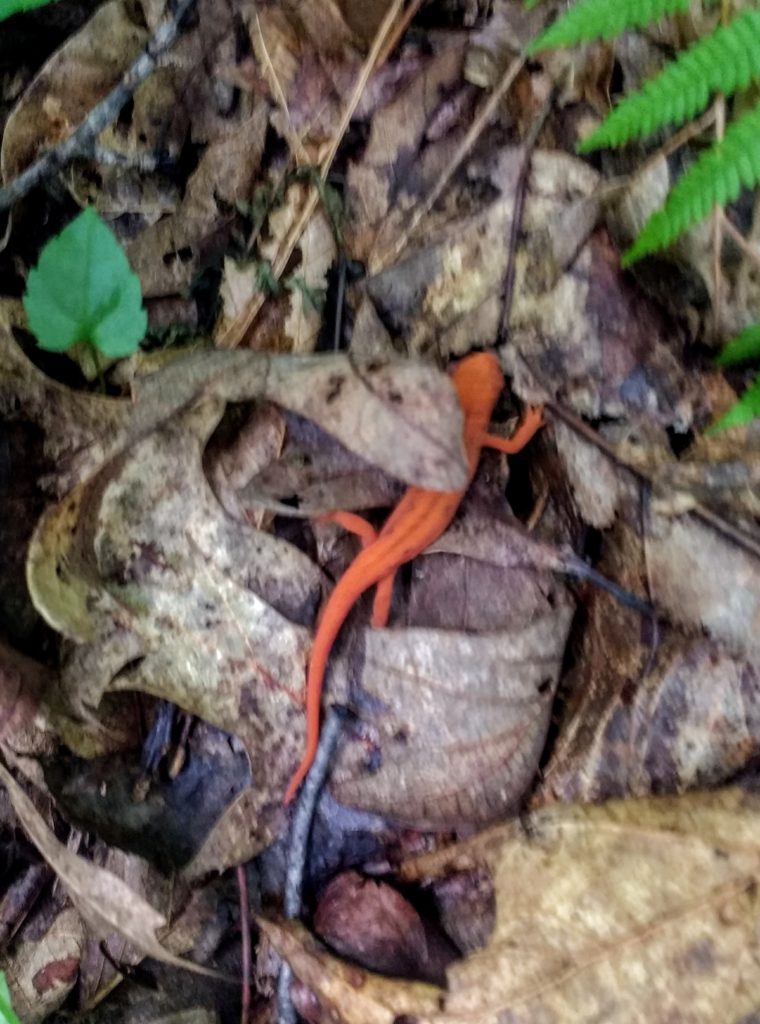
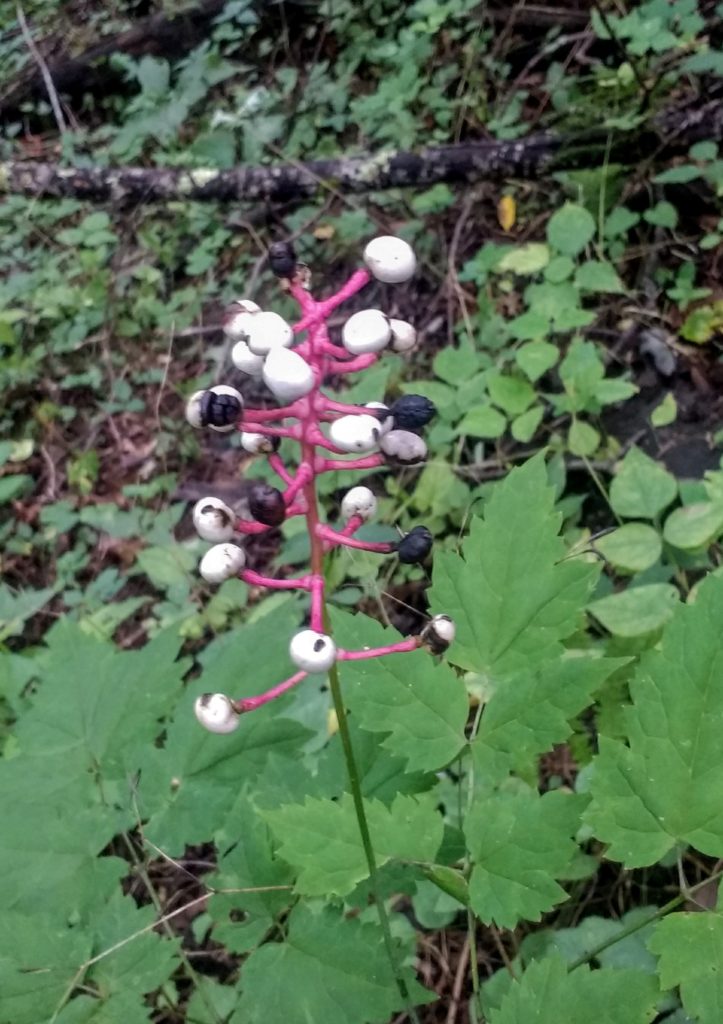
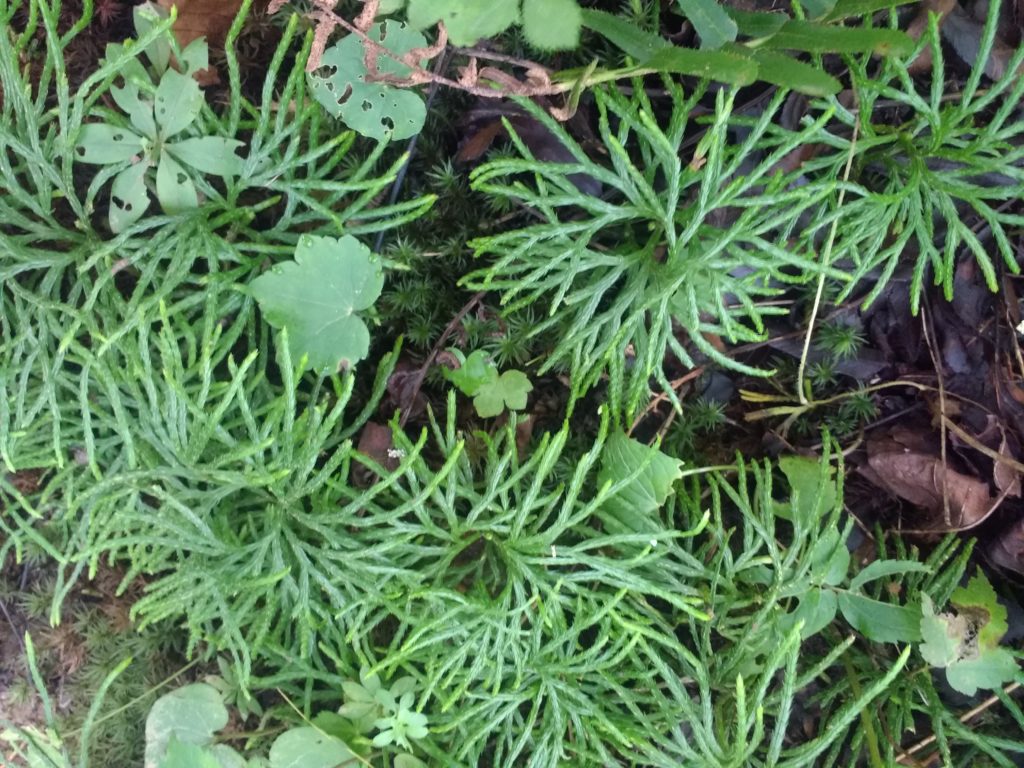
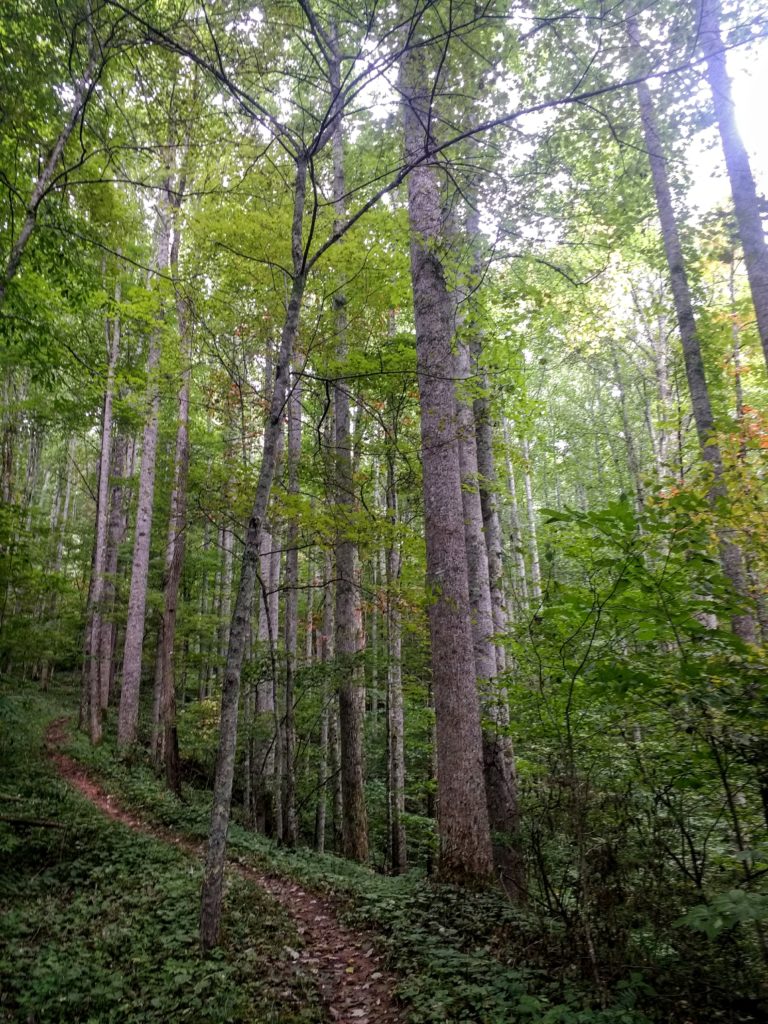 A final outing took us to the Chihuly glass exhibit in the Biltmore gardens where strange glass plants resided among the real plants, sometimes successfully, sometimes less so, sometimes spectacularly.
A final outing took us to the Chihuly glass exhibit in the Biltmore gardens where strange glass plants resided among the real plants, sometimes successfully, sometimes less so, sometimes spectacularly.
